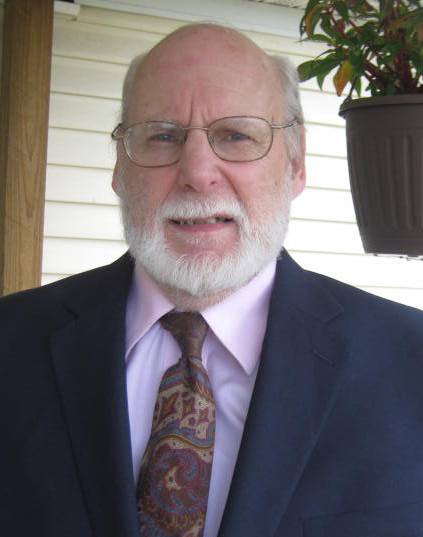Bose-Einstein Condensate: Hidden Riches for New Forms of Technology and Energy Generation: Potential Glimpse into Inner Reality
Year: 2012 Pages: 9
With the announcement of the recent successful production of a Bose-Einstein condensate (BEC) of photons, a circle has been completed which started in 1925 with the vision of Albert Einstein and Satyendra Nath Bose ? a sustained macroscopic condensed state of matter where all atoms are in the same lowest quantum state. The creation of an all-optical BEC, involving a surprisingly straightforward ?tabletop? method which bypasses the normally requisite laser/evaporative cooling equipment and ultra-high vacuum chambers necessary for production of the standard delicate atomic BEC, elevates this phenomenon to a new level well beyond its current perception as mere laboratory curiosity. Accordingly, this development certainly heralds eventual incorporation of atomic and photon BECs as standard operating components of energy-efficient mechanical, optical and electrical systems, implying novel ingenious engineering protocols amenable to all the tools of non-linear and quantum optics. Pointing towards such a promising technological future are the suggestion that a photon BEC could serve as a new high-energy ultra-violet (UV) laser photon source, as well as the recent unprecedented implementation of a closed-loop atom circuit (toroidal atomic BEC) demonstrating precise control of superfluid current flow, forecasting the coveted development of an atomic SQUID. Perhaps more significantly, the new highly robust and manageable optical BEC will allow heretofore unfathomable precise probing of the atomic and nano-levels of nature, affording novel high-quality testing procedures of the major foundations of quantum mechanics itself. Such a primary advancement, providing a clearer glimpse into the microscopic realms, may present us as never before with an unprecedented view of the quantum engine that underpins physical reality itself and help place the contextual nature of entanglement and quantum superposition on a firmer foundation. Thus, further progress in achieving mastery over the precise flexible manipulation of BEC states could demonstrate that quantum contextuality might be an unsuspected over-arching archetypal principle in nature, leading to new insight in regards to the interpretation of quantum mechanics as applied to all levels of nature.


